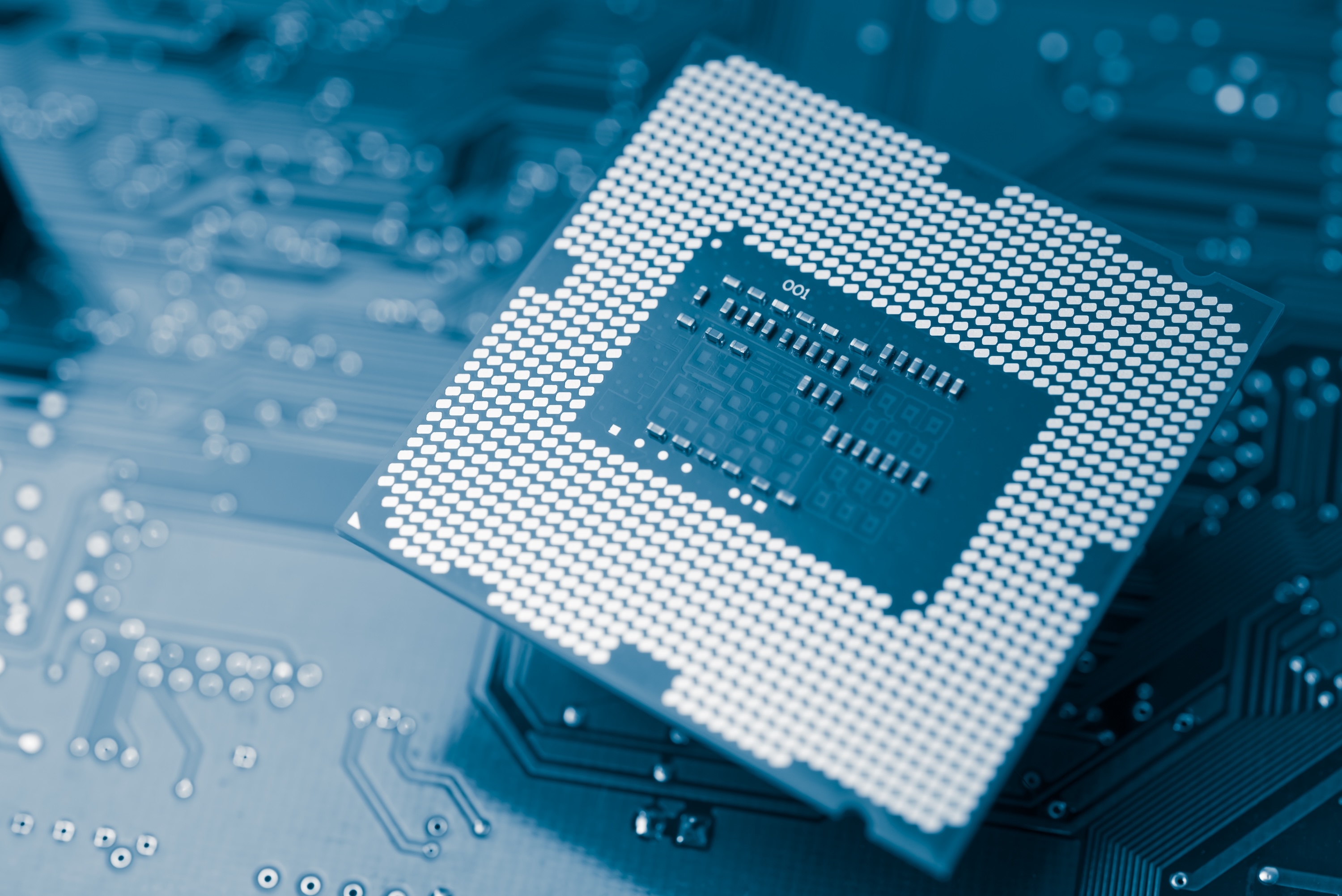


Artificial intelligence is transforming industries, society, and economies, but its rapid expansion depends on one crucial element: microchips, which represent the backbone of AI systems, powering everything from large-scale AI models to everyday consumer devices. As technological advancements accelerate, ensuring a secure and reliable supply and value network of AI chips has become a strategic necessity for nations worldwide.
The semiconductor industry is a critical enabler of AI but also a highly concentrated, fragmented, and geopolitically sensitive sector. A few dominant companies control key stages of the supply chain, and the ongoing US-China tensions complemented by the emerging US-Europe frictions further complicate international trade. In this fragmented landscape, Europe plays a pivotal role, with its semiconductor suppliers holding competitive and sometimes monopolistic positions in various segments, including manufacturing equipment, chemicals, sensors, chips, power semiconductors, etc. While Asia leads in fabrication, European companies provide indispensable technology, materials, and expertise, creating a web of mutual dependence.
As AI chip demand surges, securing Europe’s position in the global semiconductor value chain requires decisive action: a strategic, forward-looking policy to safeguard Europe’s technological primacy, economic security, and industrial leadership.
However, despite its technological strength, Europe faces significant challenges in securing its semiconductor future. The EU Chips Act, while a step forward, lacks a cohesive long-term strategy to ensure the resilience of Europe’s semiconductor industry. Without a clear vision and stronger national efforts, European nations risk losing their influence in the global semiconductor market, a loss that could have far-reaching economic and geopolitical consequences.
The global semiconductor industry is at the center of a strategic and geopolitical battle, with major economic powers investing heavily in securing their position in this critical sector. To reduce reliance on foreign manufacturing and strengthen technological strategic autonomy, the European Union has introduced the European Chips Act, which is mobilising €43 billion in public and private funding aiming to increase its share of global chip production to 20% by 2030. However, this figure is modest compared for example to the $280 billion allocated by the United States under the CHIPS and Science Act (2022), reflecting the financial disparity between the EU and larger economies.
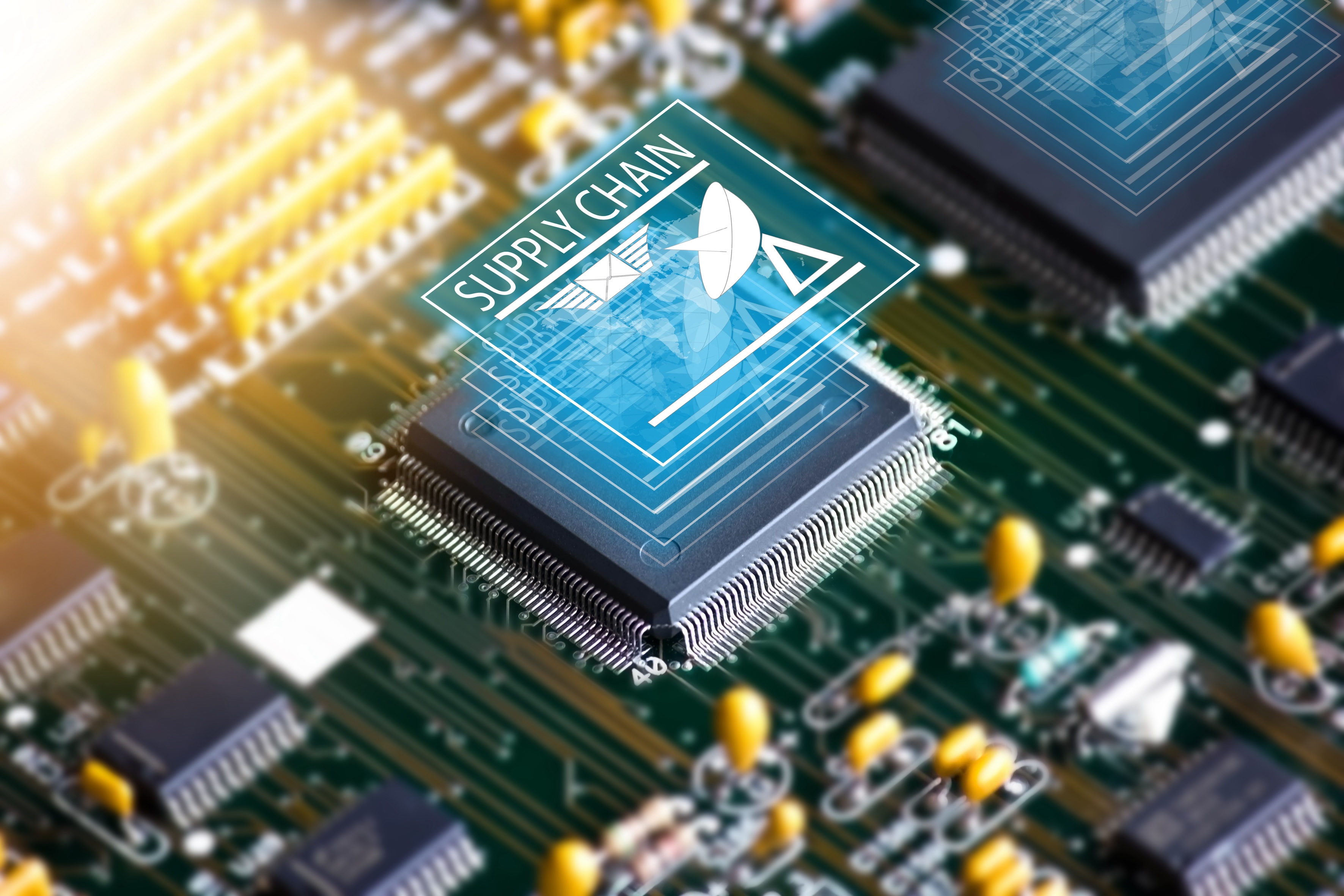
The geopolitical panorama
The U.S. is not only investing in domestic chip production but is also explicitly countering China’s ambitions in the semiconductor industry. Holding 12% of the global semiconductor market, the U.S. has taken aggressive measures, including export restrictions on advanced chipmaking technologies, tightening controls on companies like Huawei, and blacklisting key Chinese semiconductor firms. These restrictions have severely constrained China’s ability to develop cutting-edge chips, pushing it to increase domestic investments, such as its recent $47 billion fund aimed at AI-grade semiconductor development.
Simply increasing domestic fabrication will not guarantee resilience, as European chipmakers will still depend on foreign suppliers for critical raw materials, advanced equipment, and manufacturing partnerships.
China, despite these challenges, remains a dominant force in the legacy chip market, producing nearly 60% of older-generation chips still widely used in consumer electronics and industrial applications. While legacy chips do not directly contribute to the AI race, they offer China leverage over global supply chains. President Xi Jinping has explicitly stated China’s goal of increasing global dependence on Chinese supply chains, ensuring the country can retaliate against future trade restrictions and invest in alternative chip production technologies to bypass Western export controls and strengthen its semiconductor autonomy.
The EU’s goal of producing 20% of the world’s semiconductors by 2030 is part of its broader Digital Decade policy, which seeks to track and enhance Europe’s technological capabilities. However, focusing on a percentage-based production target is not necessarily an effective policy strategy. Unlike commodities such as steel or energy, semiconductor production operates within highly specialized global value networks, where substitutability is low, and supplier relationships are deeply intertwined.
Europe must focus on long-term strategic policies rather than arbitrary production targets. Success in the semiconductor sector requires investment in the entire supply and value network, covering the entire technology stack, from materials, to equipment, foundational technologies, integrated systems, software, and applications, while fostering strong international partnerships that align with Europe’s economic and security interests.

A global complex web
The semiconductor industry is an emblematic example of a highly intricate and globally interdependent ecosystem. Every microchip undergoes a multi-stage process spanning several countries, each specializing in a crucial aspect of production. From the extraction of raw silicon to advanced fabrication, assembly, and testing, no single country or region controls the entire semiconductor supply chain. Instead, a complex network of interdependencies governs the industry, making it vulnerable to disruptions at any stage. Moreover, this decentralized approach to production, while efficient, introduces multiple failure points, creating a delicate balance between supply, demand, and regulatory compliance.
Despite ambitions to expand local chip manufacturing, Europe will remain dependent on global semiconductor networks for several reasons. First, semiconductors are highly specialized and require dedicated manufacturing processes that are not interchangeable. A facility producing high-performance AI accelerators, for instance, cannot be repurposed to manufacture power semiconductors or memory chips. This means that even if Europe increases its share of global semiconductor production, it will still rely on foreign fabs for specific chip types. Additionally, chip designs are tied to specific manufacturing processes, creating strong long-term dependencies on existing foundries.
Second, modern electronics require a diverse range of chips, sourced from different parts of the world. A single missing component, such as a memory chip, a microcontroller, or even a simple voltage regulator, can halt production, as seen in supply chain disruptions affecting industries from automotive to consumer electronics. Expanding local production alone will not guarantee resilience, as supply security depends more on strategic supply chain management and diversified sourcing.
Finally, even if Europe expands its semiconductor manufacturing capacity, fabs will still depend on foreign suppliers for essential materials, such as wafers, chemicals, and specialized equipment, primarily from Japan and the United States. Moreover, after fabrication, most chips require assembly, testing, and packaging in Asia, where Europe has limited post-fabrication capabilities. Since current investment efforts focus mainly on front-end manufacturing, Europe will likely remain reliant on Asia for critical downstream processes.

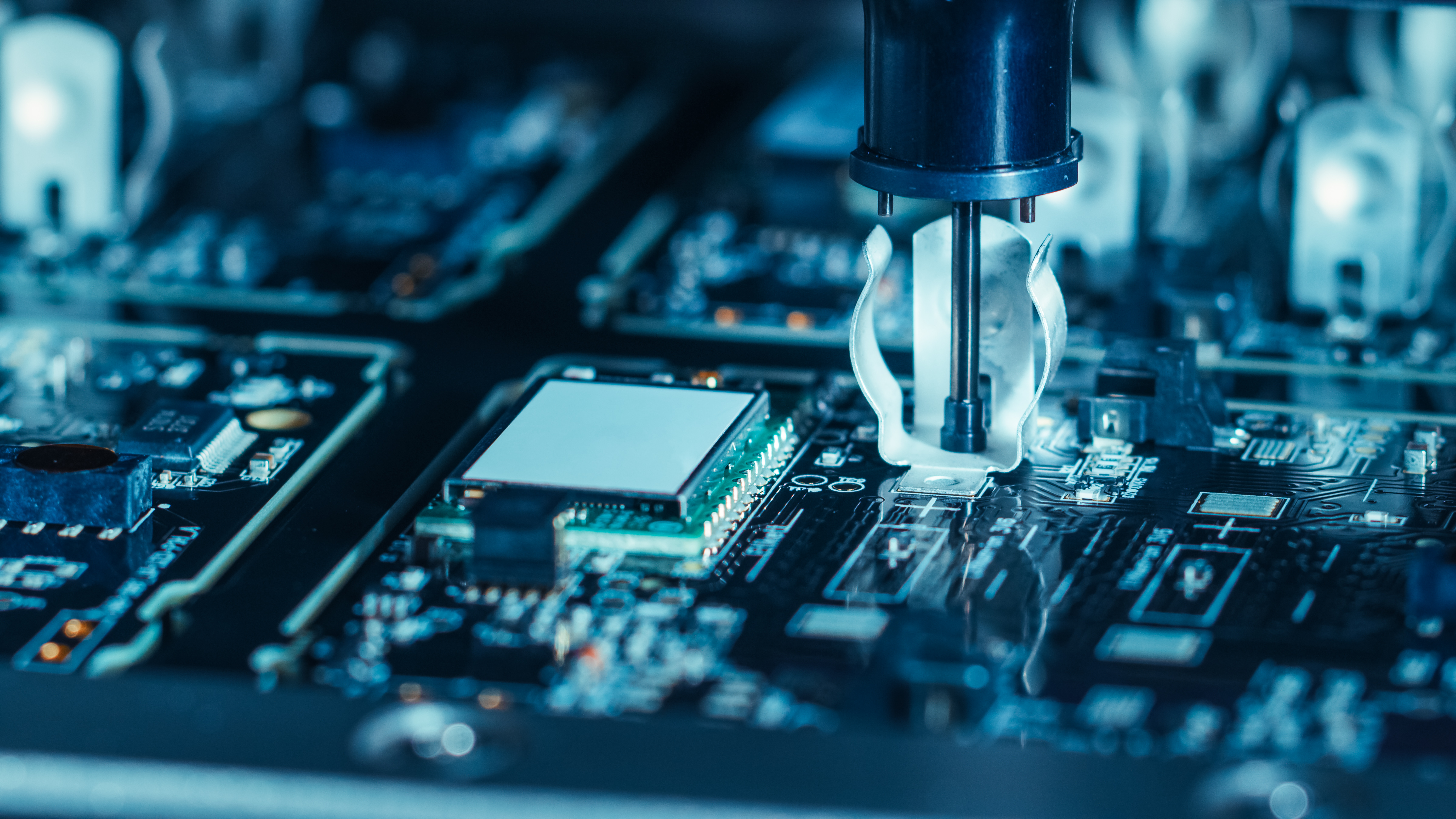
Moreover, beyond logistical challenges, semiconductor manufacturers face growing regulatory scrutiny. Global trade policies now require companies to monitor not only direct suppliers but also secondary and tertiary providers (Tier N suppliers), ensuring ethical labor practices and compliance with anti-corruption and sanction laws. Legislative frameworks such as the U.K.’s Modern Slavery Act, Germany’s Due Diligence Act, and the USMCA Agreement have forced firms to enhance oversight and take full responsibility for ethical sourcing and labor conditions throughout the supply chain. As these laws become more stringent, semiconductor firms must navigate compliance risks alongside operational challenges.
In addition, the concentration of expertise within a handful of key players further amplifies the fragility of the semiconductor supply network. 3 companies, Cadence, Synopsys, and Mentor Graphics, control nearly 70% of the electronic design automation (EDA) market, while Dutch giant ASML holds a dominant position in the global market of machines essential for cutting-edge chip production. Taiwan and South Korea dominate chip fabrication, with companies fiercely protecting their intellectual property to maintain a competitive edge. Once manufactured, AI-specific chips and GPUs are primarily designed and supplied by Nvidia in the U.S., cementing a concentrated structure that leaves the industry highly vulnerable to geopolitical shifts.
Recognizing these challenges, the European Union is making efforts to strengthen its semiconductor capabilities, aiming to secure access to raw materials, enhance domestic production, and reduce dependence on foreign suppliers. However, competing priorities, including climate policies and rapid shifts in industrial demand, geopolitics and trade rules raise concerns about whether these initiatives will be sufficient to establish true resilience in the sector.
The COVID-19 pandemic starkly exposed the vulnerabilities of this fragmented ecosystem. Lockdowns in 2020 disrupted production at a time when demand for electronics surged, creating widespread shortages that rippled across industries, from automotive manufacturing to consumer technology. These disruptions underscored the need for more resilient supply networks, capable of withstanding unforeseen crises.
AI is expected to become one of the most significant drivers of semiconductor demand in the coming decade, increasing tenfold between 2023 and 2033. This growth further complicates an already strained supply and value network, making it imperative to address the structural weaknesses of the global semiconductor ecosystem to ensure that AI innovation does not outpace production capacity.

AI Chip Demand
The rapid adoption of AI across industries is driving unprecedented pressure on semiconductor supply chains, as AI-specific processors require more advanced fabrication techniques and specialized components. A 20% surge in demand alone can disrupt the delicate balance of the semiconductor industry, and with AI adoption fueling a 31% growth in PC sales and a 15% increase in smartphone sales between 2023 and 2026, the supply-demand gap is widening.
Unlike traditional processors, AI chips rely on billions of transistors for parallel processing, machine learning, and neural network acceleration. This complexity requires cutting-edge fabrication facilities, which are already struggling to scale production. AI-enabled PCs, for instance, are expected to make up 43% of all shipments by the end of 2025, a major leap from just 17% in 2024. By 2026, AI-powered laptops will become the default choice for businesses, reinforcing the need for a resilient AI chip supply chain.
However, the semiconductor industry is not yet equipped to meet this surge. The sector depends on a handful of key players – NVIDIA, Apple, Samsung, Intel – who dominate the manufacturing of next-generation GPUs and high-bandwidth memory, essential for AI servers. TSMC currently produces all of the world’s most advanced AI chips, supplying industry leaders like Apple and NVIDIA, a situation that creates a potential bottleneck.
Jensen Huang, CEO of NVIDIA, has famously stated: “Basically, there is air – and TSMC”, highlighting the industry’s reliance on a single manufacturer.
The supply chain crisis is further exacerbated by shortages in specialized semiconductor equipment, particularly extreme ultraviolet lithography (EUV) machines, which are produced exclusively by ASML. These machines are critical for manufacturing advanced AI chips, meaning any disruption in ASML’s supply chain reverberates across the industry.
To mitigate risks, semiconductor companies are shifting from just-in-time to just-in-case inventory models, stockpiling critical components to avoid future shortages. AI chipmakers are also investing in new fabrication techniques, including 3D chip stacking and silicon photonics, which enhance performance while reducing reliance on the most advanced manufacturing nodes.
Governments have recognized the geopolitical significance of AI chip production and are prioritizing domestic semiconductor manufacturing (see e.g. the U.S. and E.U. CHIPS Acts), but these actions will not strongly support the manufacturing capacity in the short term, meaning AI-driven industries will continue facing supply constraints with concrete repercussions. Delays in acquiring AI hardware may stall innovation in AI-driven analytics, automation, and machine learning, slowing digital transformation initiatives. Companies must explore diverse sourcing strategies, strategic partnerships with key suppliers, and adaptive AI architectures that optimize performance across multiple processor types.
The AI chip race is one of high stakes and rapid evolution. While demand for AI processors presents massive economic opportunities, the fragility of the semiconductor supply chain remains a pressing concern. The coming years will be critical in determining whether the industry can adapt to AI’s explosive growth or face yet another large-scale semiconductor crisis.
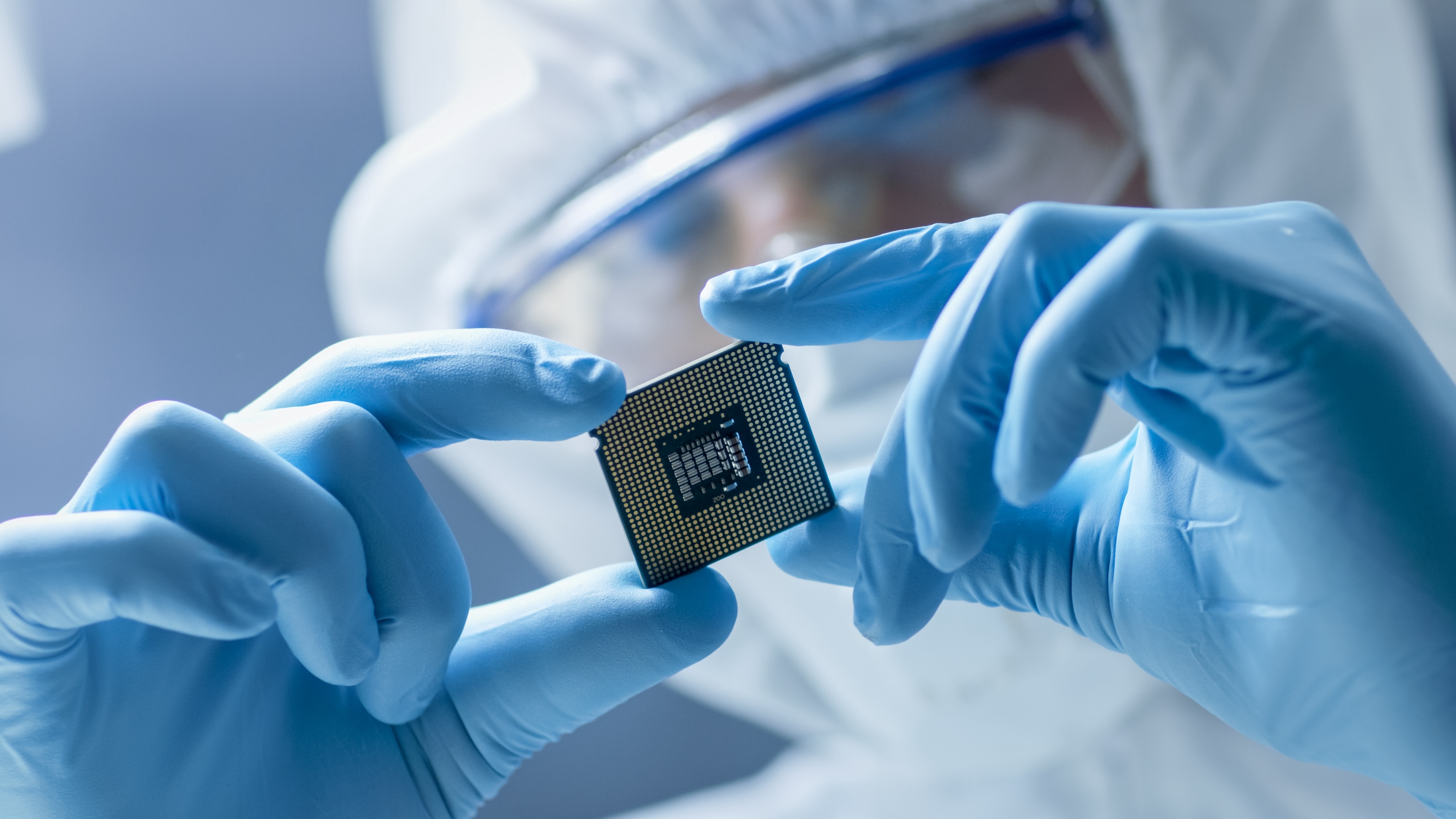
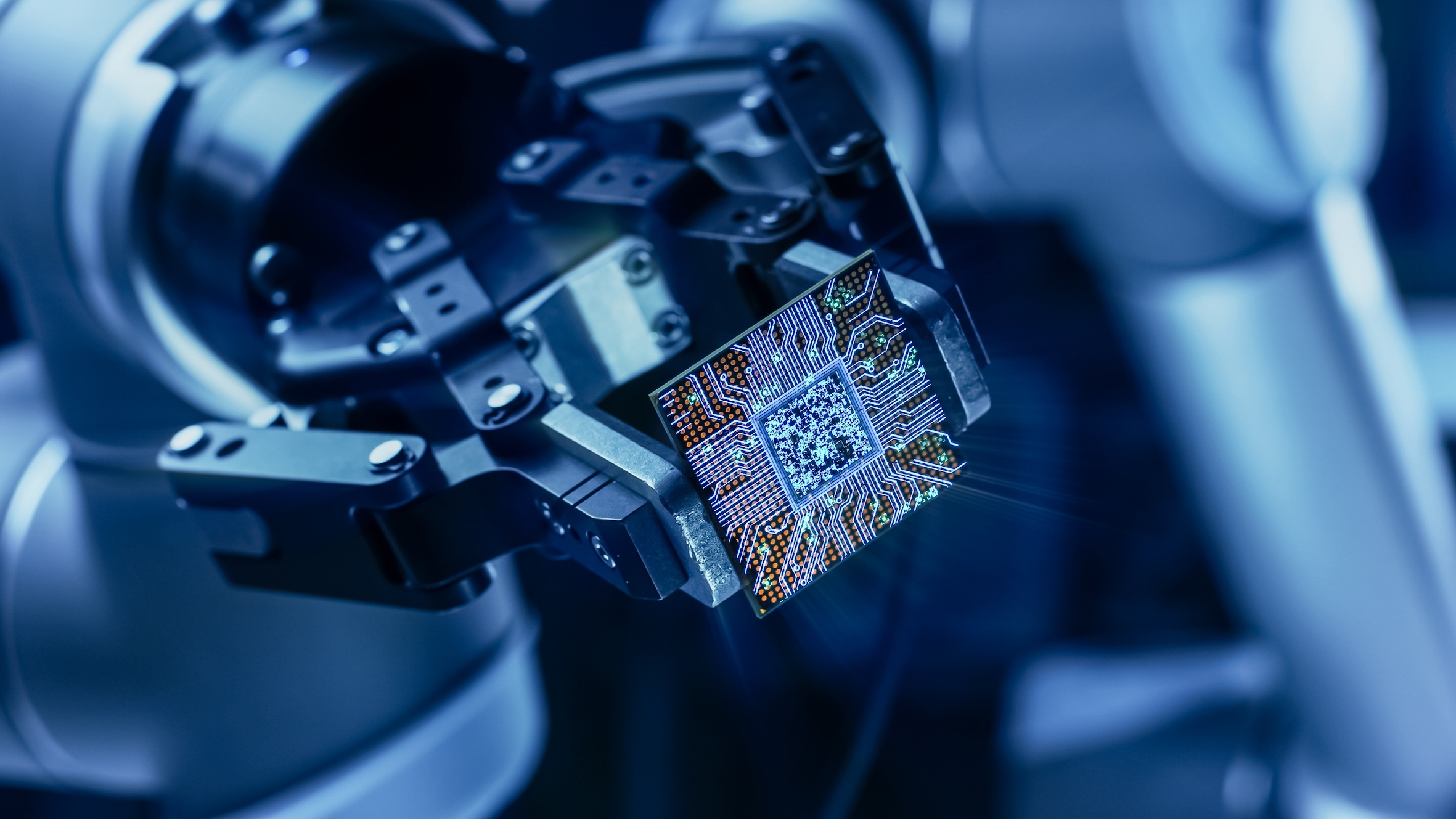
Dealing with export restrictions
The growing demand on AI chips has made semiconductor exports a key focus of geopolitical tensions. Recent U.S. export controls on advanced AI chips have raised concerns across the European Union, as they could hinder Europe’s ability to train AI models and advance high-performance computing initiatives. The restrictions, which apply to 17 EU member states, limit access to high-end GPUs crucial for AI development, raising fears of a technological gap between favored and restricted nations.
The impact on European supercomputers is particularly concerning, as many of the EU’s high-performance computing facilities depend on American chips, predominantly from Nvidia, AMD, and Intel. With some EU countries exempt from restrictions while others face limitations18, this fragmented approach creates uncertainty for AI development across Europe. The European Commission has expressed its concern, emphasizing the need for the EU to remain a trusted economically of the U.S. rather than a security risk. Proposals for an EU-U.S. Critical Tech and Dual-Use Council have emerged as a potential mechanism to maintain a stable transatlantic semiconductor supply chain.
These export controls are part of a broader global trend aimed at securing sovereign technology sectors. The U.K., EU, and U.S. have introduced increasingly strict policies to regulate semiconductor exports, reflecting heightened national security concerns over emerging technologies. The compliance burden on chip manufacturers and AI firms has grown as companies must now navigate evolving regulations, vet supply chain partners, and ensure operational transparency to remain compliant with international trade laws.
Without a viable alternative to Nvidia’s CUDA, Europe’s AI ecosystem remains dependent on U.S. hardware, making software development a critical hurdle for achieving technological strategic autonomy.
To mitigate the risks posed by export restrictions, AI chip manufacturers are adopting new strategies. Firms are diversifying their supplier base, strengthening local procurement, and using predictive modeling to anticipate and prevent supply chain disruptions. Automated monitoring tools now enable real-time risk assessments, helping companies detect potential compliance violations before they escalate. Additionally, semiconductor firms are integrating a “value at risk” model into their operational strategies, allowing them to quantify financial risks and prioritize areas of vulnerability.
Beyond short-term solutions, Europe must invest in developing its own AI chip ecosystem to reduce dependence on foreign suppliers. The restrictions serve as a wake-up call for policymakers to accelerate investment in European-designed processors, alternative semiconductor technologies, and advanced fabrication capabilities. Developing independent hardware and software ecosystems, such as moving away from Nvidia’s proprietary CUDA platform, is crucial to ensuring long-term technological sovereignty.
As the global semiconductor landscape becomes more fragmented, Europe must strategically navigate its position to maintain access to critical AI chip technologies while strengthening its own supply chain. The next few years will determine whether Europe can secure its place in the AI-driven economy or remain at the mercy of geopolitical constraints.

The role of rare earths
Beyond fabrication and design, securing rare earth elements is another critical challenge for the semiconductor industry. These scarce heavy metals are essential for microchip production, and China dominates both their extraction and processing, producing 60% of the world’s rare earths and refining nearly 90%. This dominance provides China with a powerful geopolitical bargaining tool, as demonstrated in 2010 when it temporarily restricted rare earth exports to Japan amid a diplomatic dispute. Such actions raise concerns that similar restrictions could be imposed on Europe and the U.S., further complicating their efforts to secure AI chip supply chains.
The EU is heavily dependent on China, sourcing 98% of its rare earth imports from Chinese suppliers. To reduce this reliance, the Critical Raw Materials Act aims to diversify Europe’s supply sources, but its effectiveness remains uncertain. While Europe has signed agreements with Kazakhstan, Namibia, and other nations to secure alternative supplies, these countries currently lack large-scale production capacity. Norway’s recent discovery of significant rare earth reserves could provide a more local source, yet ecological concerns and lengthy approval processes may delay their exploitation.
Indeed, environmental considerations further complicate rare earth extraction and chip manufacturing. Mining rare earths consumes large amounts of water and energy, generating substantial carbon emissions and posing risks of chemical contamination. Research indicates that if Europe meets its goal of producing 20% of the world’s chips by 2030, the semiconductor industry’s carbon footprint could increase eightfold, surpassing other heavy industries. AI itself is an energy-intensive field, with global data centers already consuming more electricity than entire nations, such as Italy.
To balance technological ambitions with environmental sustainability, the EU is emphasizing greener manufacturing practices, integrating provisions for energy efficiency and resource conservation within the Chips Act. Additionally, chip recycling initiatives – such as those led by IC Recovery – could play a role in reducing waste and lowering costs by reclaiming chips for reuse. Aligning the Chips Act with the Circular Electronics Initiative could help the EU develop a more circular and sustainable semiconductor economy, while the Green Industrial Plan may provide further support for achieving climate-friendly supply chain resilience.
However, the broader challenge remains: how to remain competitive with the U.S. and China while adhering to stricter environmental policies? As AI chip demand skyrockets, the EU must find a way to secure its rare earth supply, manage emissions, and maintain competitiveness, without jeopardizing its industrial future.
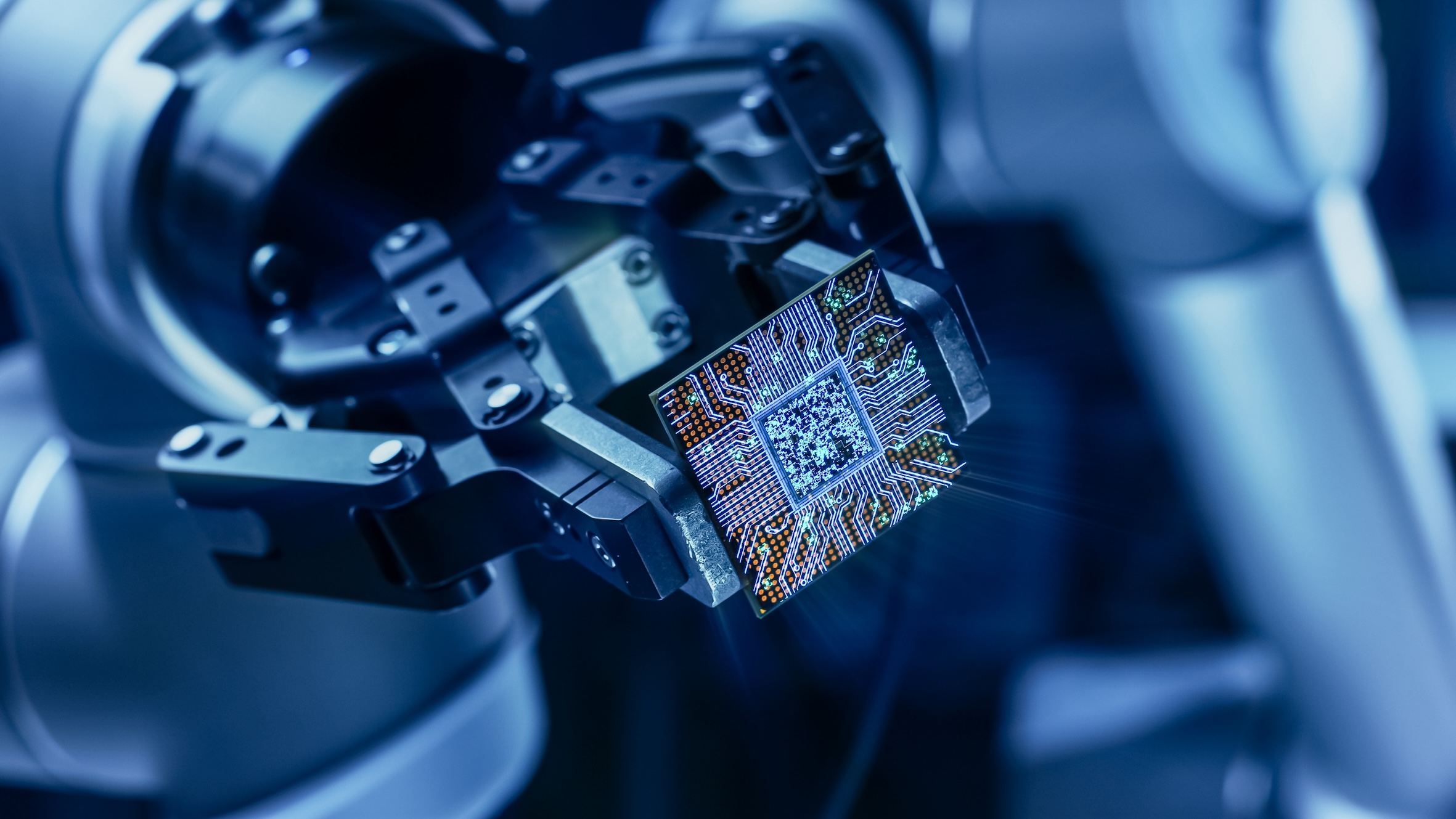

Despite its shortcomings, the EU Chips Act has been instrumental in bringing semiconductors to the forefront of European policy discussions. Prior to the Act, semiconductor supply chains and Europe’s role in them were largely overlooked. The global chip shortages of 2020-21 exposed Europe’s vulnerabilities, prompting policymakers to recognize the critical role of semiconductor technology in digital transformation, energy transition, and future industries. The Chips Act introduced initiatives such as strategic sector mapping, chip design support for SMEs, funding mechanisms, and competence centers across member states. However, while these measures address key challenges, they lack a clearly defined vision for Europe’s long-term role in the semiconductor industry.
The necessity of a strategy
A fundamental flaw of the EU’s strategy is the absence of well-defined success metrics. The Chips Act sets a 20% global production capacity target, but what will truly define its success? Will it be the emergence of European semiconductor unicorns, expanded front-end manufacturing capacity, a surge in R&D talent, or an increase in market share for European suppliers? Without a precise policy objective, the risk remains that resources will be spread too thin, diluting the impact of investments. To ensure a lasting commitment from policymakers, Europe must clearly justify the strategic importance of its semiconductor industry and its indispensable role in global supply chains.
A comparison with U.S. and Japanese semiconductor policies highlights Europe’s need for a more geopolitically anchored approach. The U.S. CHIPS and Science Act explicitly ties semiconductor investments to national security concerns, seeking to widen the technological gap with China. Strict provisions prevent companies receiving U.S. subsidies from expanding production in China or acquiring Chinese semiconductor equipment29 30. The U.S. has framed its semiconductor strategy as a matter of economic and technological leadership, ensuring that every investment aligns with its broader industrial and defense interests.
Japan takes a different but equally strategic approach, focusing on “strategic indispensability”, ensuring that Japanese firms remain critical players in the global semiconductor supply chain. For example, the state-backed acquisition of JSR, a leading supplier of photoresists, demonstrates Japan’s commitment to securing long-term influence over key semiconductor materials. Rather than prioritizing domestic production capacity, Japan ensures that global chip manufacturers cannot function without Japanese technology. This strategy strengthens Japan’s economic security by creating reverse dependencies, reducing the risk of being marginalized in global supply chains.
For the EU to establish a truly resilient and competitive semiconductor sector, it must adopt a more strategic perspective. Instead of fixating on production volume targets, policymakers should focus on securing Europe’s role as an indispensable technology provider. This means strengthening reverse dependencies by investing in areas where Europe already leads, such as semiconductor equipment, advanced materials, and specialized chip design. If the EU fails to define a clear and ambitious long-term strategy, its semiconductor efforts risk becoming a short-lived response rather than a sustained industrial transformation.

Conclusions
Semiconductors are the backbone of modern technology and, representing the epicenter of global technological and geopolitical competition, they are a strategic asset with direct implications for economic security and global influence. U.S. and China have recognized the geopolitical significance of semiconductors, embedding them into their long-term national security and economic strategies. Europe must do the same.
So far, many EU member states have provided substantial financial support to semiconductor projects but have lacked a cohesive, long-term strategic vision. Without a well-defined policy framework, Europe risks remaining reactive rather than proactive, allowing external forces – particularly U.S. export controls and trade policies32 – to shape its semiconductor future. If EU is serious about securing its place in the global semiconductor landscape, it must build its own strategic vision and avoid outsourcing its policy direction to geopolitical competitors.
The !0th Framework Program (FP10) presents a crucial opportunity to define Europe’s long-term semiconductor strategy. However, this should not be an exercise in dismantling previous efforts but in renovating and reinforcing them. FP10 should build upon the EU Chips Act and existing research frameworks while addressing the new geopolitical, economic, and technological challenges emerging in the semiconductor space. To ensure a competitive and resilient semiconductor sector, FP10 should prioritize the following key objectives:
1. Enhancing strategic intelligence and policy coordination:
- Member states must invest in understanding their domestic semiconductor ecosystems, mapping their strengths and weaknesses, and identifying where they hold geopolitical leverage.
- FP10 should include dedicated funding for semiconductor policy research and economic security analysis, ensuring that Europe is not dependent on foreign factors in shaping its semiconductor future.
2. Reducing dependencies and strengthening reverse dependencies:
- Instead of merely increasing its share of global chip production, Europe should focus on making global semiconductor supply chains dependent on European technology.
- FP10 should expand investment in areas where Europe is already a leader, such as semiconductor manufacturing equipment, specialized chip design, and advanced materials.
3. Aligning economic security with industrial policy:
- Europe cannot afford to have fragmented semiconductor policies across its member states. FP10 should promote better coordination between national governments and the European Commission to ensure a unified semiconductor strategy.
- A stronger emphasis on geopolitical risk management is essential to avoid situations where foreign powers dictate the rules of engagement in European semiconductor trade.
If Europe fails to seize this moment, it risks being shaped by external pressures rather than shaping its own technological destiny. FP10 must be an evolution, not a rupture, a strategic renovation that strengthens Europe’s position in the global semiconductor race while reinforcing its long-term economic security. The semiconductor industry is not just another sector; it is the foundation of Europe’s future competitiveness, sovereignty, and resilience. FP10 must reflect this reality.
As AI chip demand surges, securing Europe’s position in the global semiconductor value chain requires decisive action: a strategic, forward-looking policy to safeguard Europe’s technological primacy, economic security, and industrial leadership.



Leave a Reply